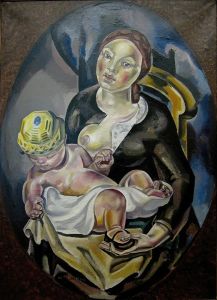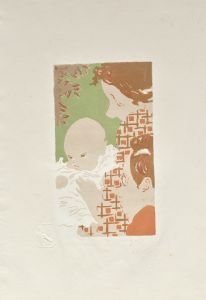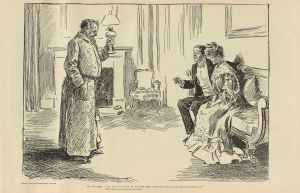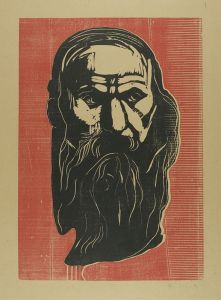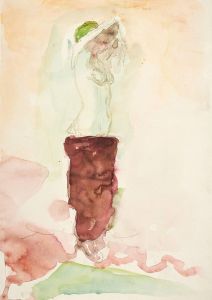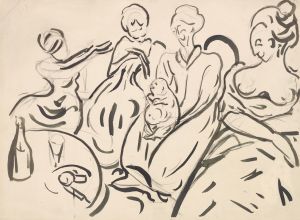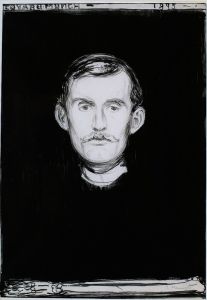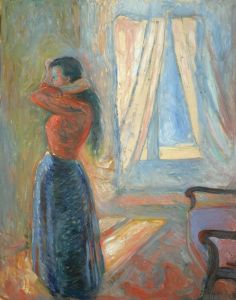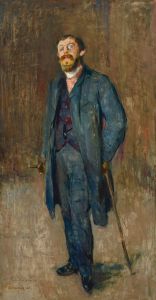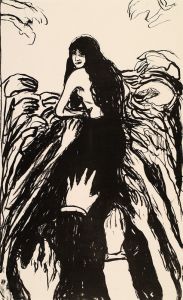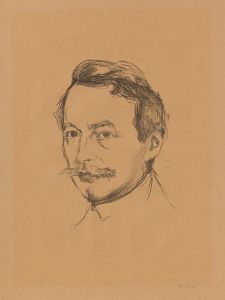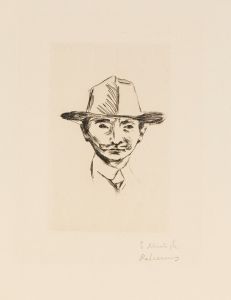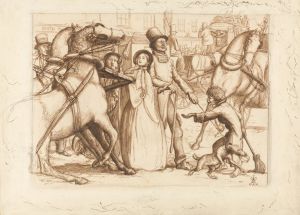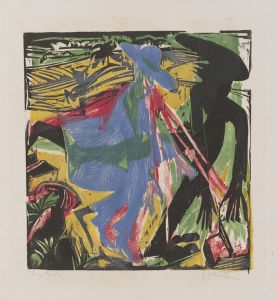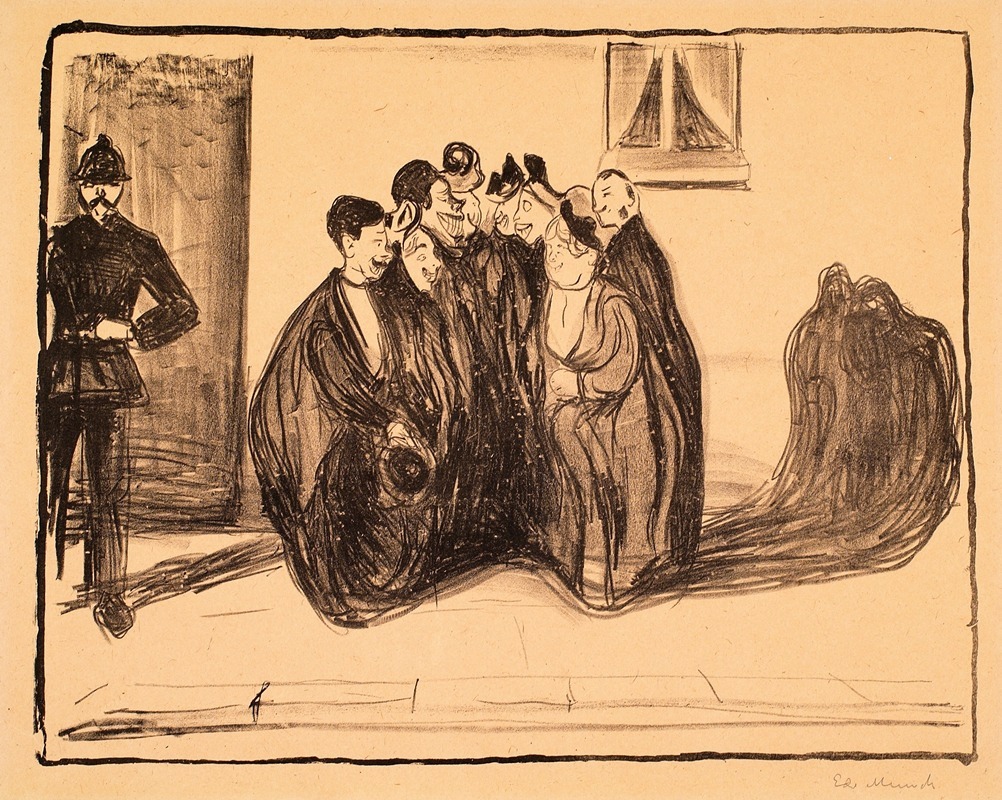
After the Party
A hand-painted replica of Edvard Munch’s masterpiece After the Party, meticulously crafted by professional artists to capture the true essence of the original. Each piece is created with museum-quality canvas and rare mineral pigments, carefully painted by experienced artists with delicate brushstrokes and rich, layered colors to perfectly recreate the texture of the original artwork. Unlike machine-printed reproductions, this hand-painted version brings the painting to life, infused with the artist’s emotions and skill in every stroke. Whether for personal collection or home decoration, it instantly elevates the artistic atmosphere of any space.
Edvard Munch's After the Party is a painting created by the renowned Norwegian artist, best known for his emotionally charged works that explore themes of love, anxiety, and existential despair. While Munch is most famous for his iconic painting The Scream, his broader body of work includes numerous pieces that delve into the complexities of human emotion and social interaction, often reflecting his personal experiences and psychological struggles.
After the Party is believed to depict the aftermath of a social gathering, capturing a moment of solitude or introspection. The painting reflects Munch's characteristic use of bold colors, expressive brushstrokes, and a focus on mood rather than strict realism. Like many of his works, it conveys a sense of emotional tension, possibly hinting at the emptiness or melancholy that can follow moments of social celebration. Munch often explored such themes in his art, drawing from his own life, which was marked by personal loss, illness, and a deep engagement with existential questions.
The exact date of creation for After the Party is not widely documented, but it is consistent with Munch's mature style, which developed in the late 19th and early 20th centuries. During this period, Munch was heavily influenced by Symbolism and the emerging Expressionist movement, both of which emphasized the subjective experience and emotional resonance of art over traditional representational techniques.
As with many of Munch's works, After the Party may have been inspired by his observations of social dynamics and the psychological states of individuals. However, specific details about the painting's inspiration, context, or reception are not well-documented in available historical records.
Munch's art often invites viewers to interpret the emotional and symbolic layers of his work, and After the Party is no exception. The painting's evocative title and visual elements suggest a narrative or emotional undercurrent, but Munch himself rarely provided detailed explanations for his works, leaving much to the interpretation of the audience.
Today, Edvard Munch's contributions to modern art are widely recognized, and his works are celebrated for their profound emotional depth and innovative approach to visual storytelling. While After the Party may not be as widely known as some of his other masterpieces, it remains an example of his ability to capture the complexities of human emotion through his distinctive artistic style.





